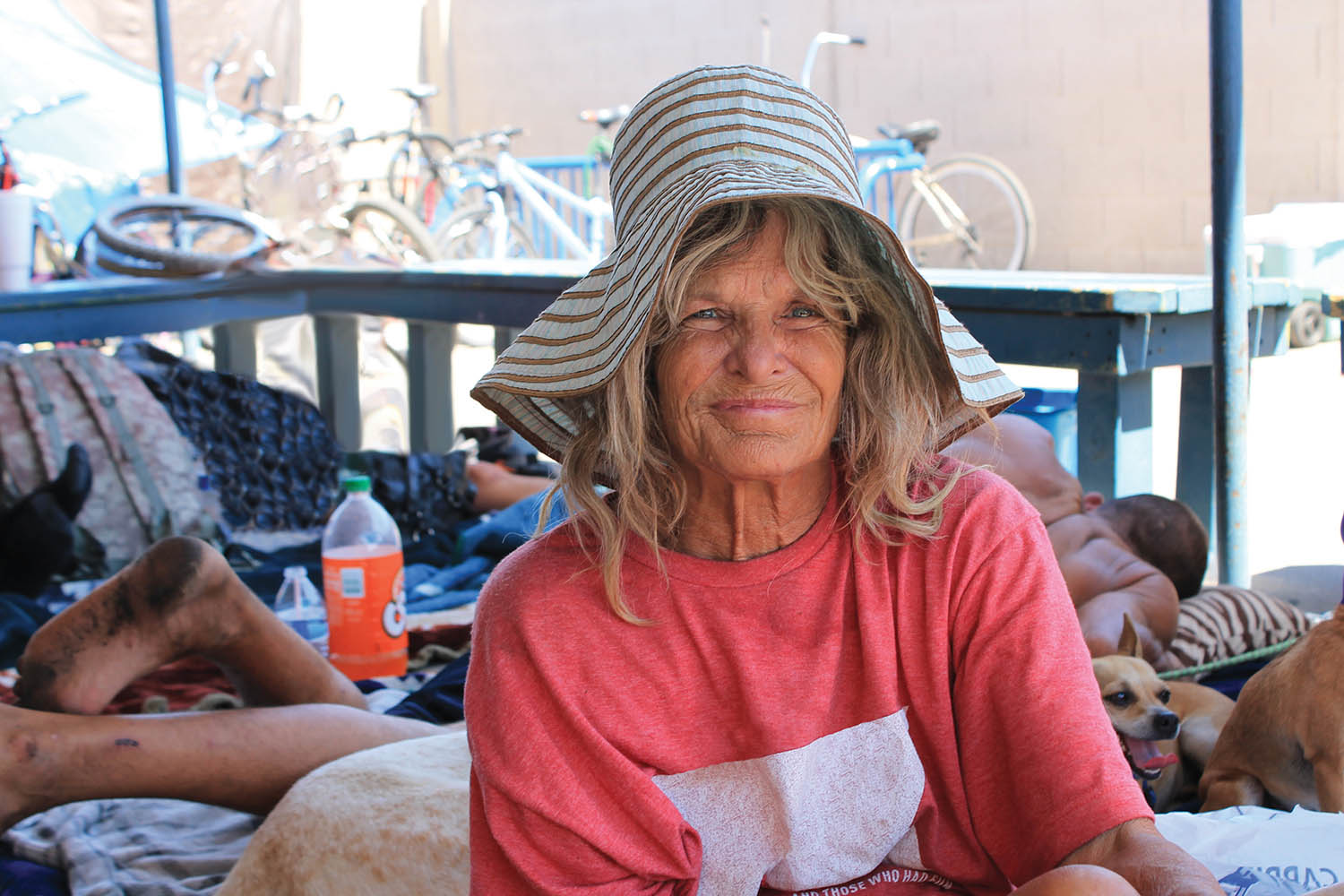
Teddy, one of more than 100 individuals experiencing homelessness who visit each day, takes respite at Sunnyslope’s St. Vincent de Paul Dining Room (photo courtesy St. Vincent de Paul).
How do you measure the greatness of a city? Some would say that the vibrancy of its downtown area is a good gauge, others might point to growth as a key indicator, and still others would look at sustainable design, which might include things such as walkability, mass transit systems, mixed land use and a diversity of architecture serving a variety of economic levels.
There also is an argument that great cities can be judged by how well they care for the most vulnerable of their residents, and whether there is equity — in income, housing, education and access to services. If you go downtown to 12th Avenue and Madison and witness the area surrounding the Human Services Campus (HSC), it is clear that Phoenix still has some work to do.
There are some 900 people within the campus itself, receiving shelter and services to help them heal and get out of homelessness. The sea of tents and desperate humanity outside the campus stretches for blocks and houses another 900 or more individuals.
While the reasons that people experience homelessness, whether sheltered or unsheltered, are many and varied — lack of affordable housing, the fentanyl epidemic, rising costs of living, and mental health issues, among others — it is clear that something has to change.
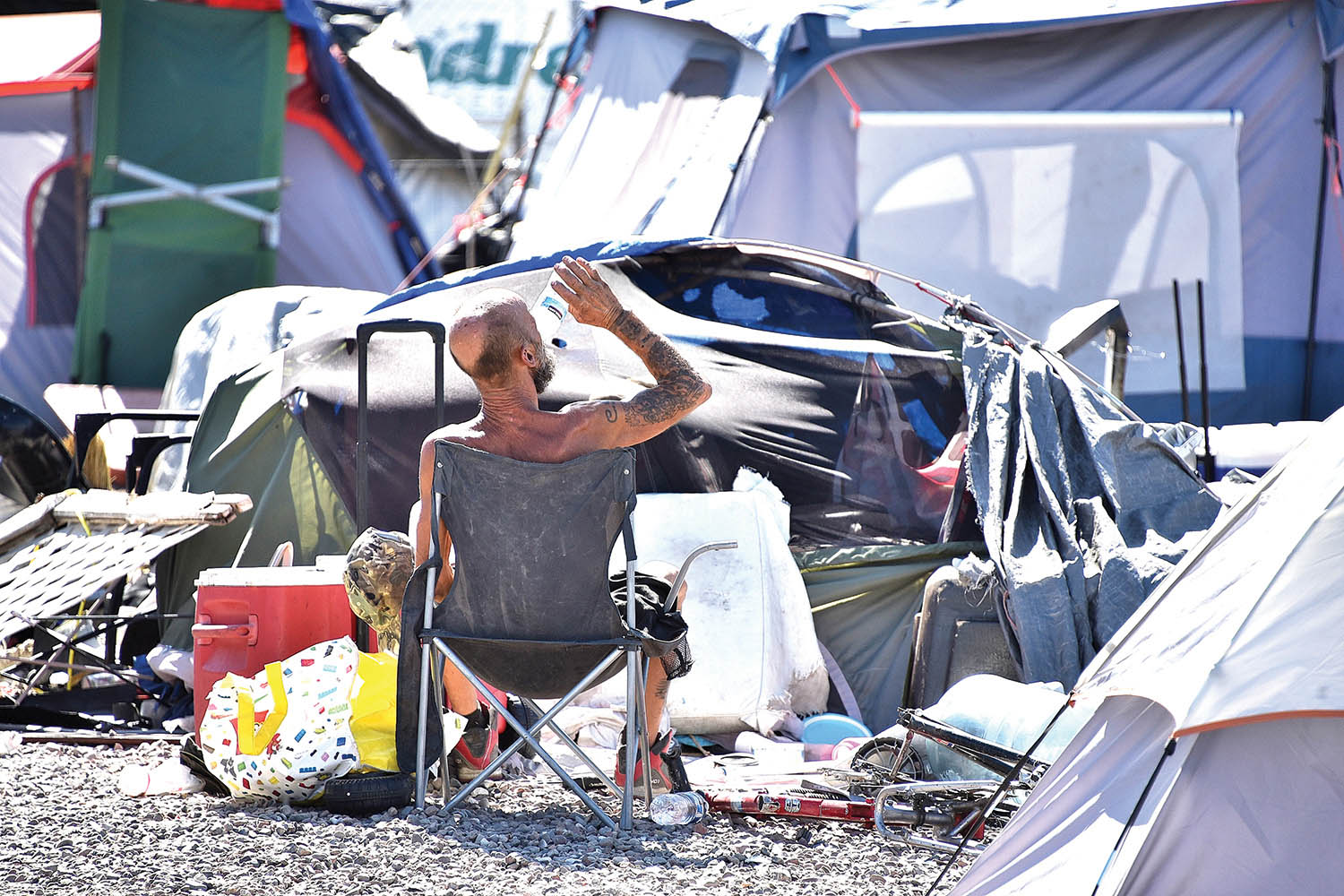
Taken during COVID, an unsheltered Phoenix resident hydrates in a temporary safe space that was created by the County in downtown Phoenix during the height of the pandemic. There are currently some 900 people living on the streets in the area surrounding the Human Services Campus (photo by Steve Carr).
The numbers are staggering.
In January 2022, the Point-in-Time count identified 9,026 people experiencing homelessness in Maricopa County, 56 percent of which were unsheltered. The 2023 number is expected to be higher.
“It’s definitely a crisis that we’re experiencing,” said Richard Crews, the program manager at HSC. Crews also serves as the co-chair of the Maricopa County Continuum of Care Committee, which works at a system-wide level across the county to end homelessness. “The rates of those experiencing homelessness are higher than they’ve been in anybody’s working memory.”
Even more dire, Crews notes, is the rise in deaths. In January 2023, 90 individuals died while experiencing homelessness. As of March 1, the number was 180. In 2020 and 2021, there were 557 and 551 individuals who died; that number nearly doubled in 2022.
“We are on pace to have another year with over 1,000 individuals dying while experiencing homelessness.” Crews added. “And that doesn’t include the spike that we’ll see when we get to the heat-related deaths in the summer.”
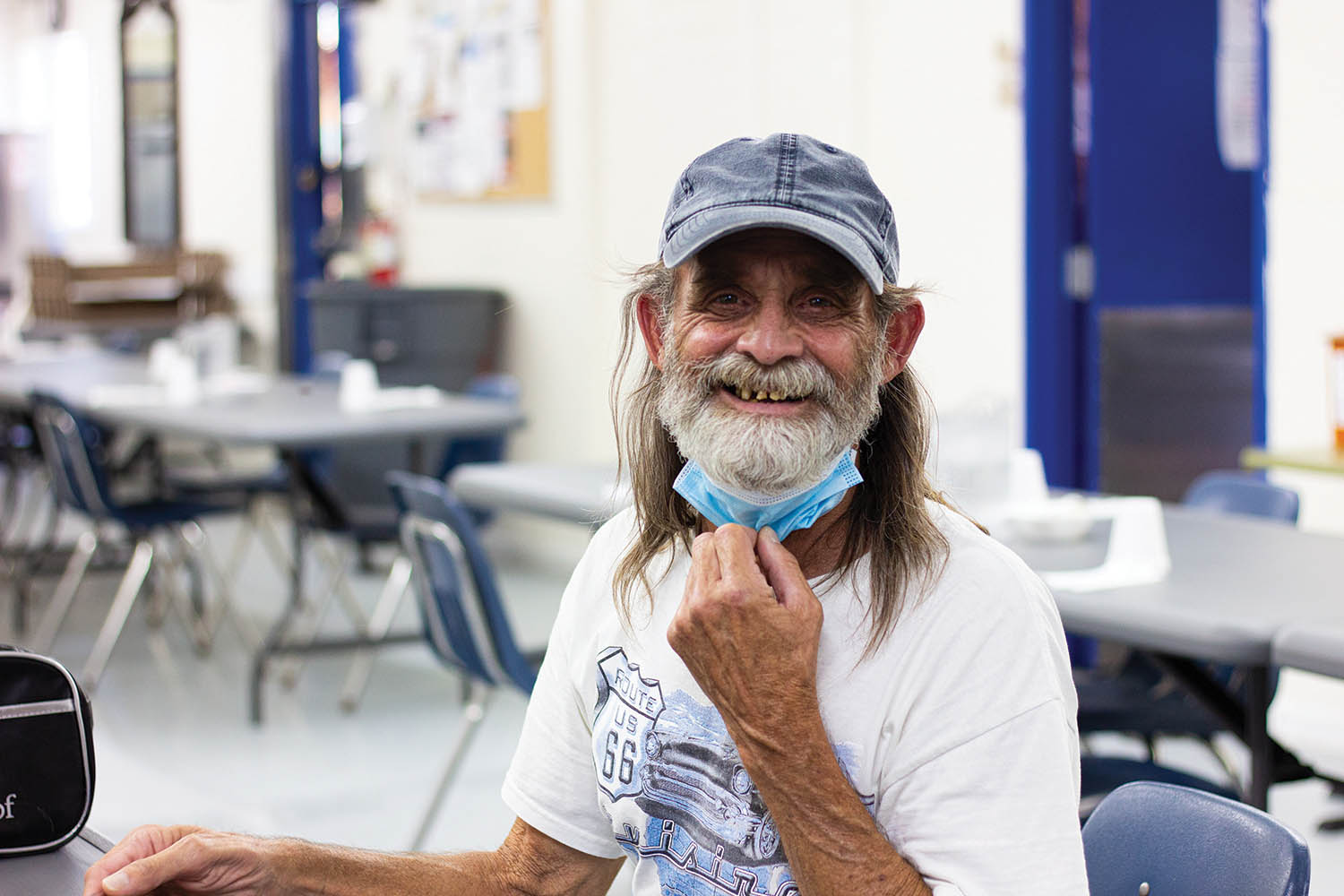
A Phoenix resident enjoys a meal at the St. Vincent de Paul Dining Room at 10th Avenue and Hatcher Road (photo courtesy of St. Vincent de Paul).
The crisis is in our own backyard.
It is not just downtown Phoenix that is experiencing the impact of homelessness. At 10th Avenue and Hatcher Road in Sunnyslope, 100–200 individuals will gather for meals twice a day at the St. Vincent de Paul Dining Room (SVdP), which opened in 1996.
Some stay and utilize services such as showers and a clothing closet, or talk to staff about connecting to resources such as housing, jobs, identification, health care and more. Some take respite during the day at the dining room, but often spill out onto the surrounding streets. As more services move into the area, residents and businesses are concerned that their neighborhood is turning into another downtown.
Businesses are faced with frequent clean-ups — everything from garbage and discarded belongings to human waste — and residents are faced with campsites that pop up along sidewalks and an eroding sense of safety.
“It is something that affects our businesses and employees every day,” said Nadine Alauria of 3A Automotive & Diesel, a family business that has been on Hatcher Road since 1989. “I feel SVdP has completely outgrown their location and is not a good neighbor with their current model. She added, “It is a disservice to the single women and single mothers who cannot even safely walk down 10th Avenue to the dining hall. Those are the people who are looking for help and willing to accept it.”
Caroline Lobo has lived in the area for over 20 years and co-chairs the HUB (Hatcher Urban Businesses) along with Alauria. She agrees that the current SVdP model needs an overhaul.
“I appreciate what these guys are doing,” she said. “But at the same time, I think they have to be cognizant… when the numbers rise, you have to be cognizant that you’re affecting the fabric of your communities.”
She also wants residents to look at the bigger picture and work on revitalizing the Hatcher corridor as a whole. Walking down Hatcher Road, she points to areas that would benefit from a treescape or a community mural, and businesses that are in need of a facelift.
“You have to pay attention to your streets,” Lobo said. “You have to pay attention to your neighborhoods, your community. Because the bottom line is, you become what you see.”
Through the Hatcher Road Safety Plan, she said that funding provides weekly street clean-up by the City of Phoenix, which takes some of the burden off of businesses, but, “We need our business owners also to say, ‘OK, let’s jump in,’ and there are quite a few that have jumped in, but we need many more to join hands with us to make these changes,” Lobo said.
In the meantime, dining room supervisor Melinda Anderson hears and understands the concerns of neighbors.
“We’re working on it. We’re working on ‘don’t have all your stuff piled up.’ But if [residents] can just be more understanding… Families don’t want to leave Sunnyslope. If this place was to just close down, I can see a lot of bad happening around here. People won’t have a place to go eat, to hang out, but they’re going to still be there.”
And they will have lost that entryway to housing and other services that the dining room provides.
Whether the community can find a way to coexist in a way that is beneficial for all remains to be seen, but Lobo is hopeful,
“This used to be a vibrant, thriving community and it has all the bones and the potential to get it there back again,” she added.
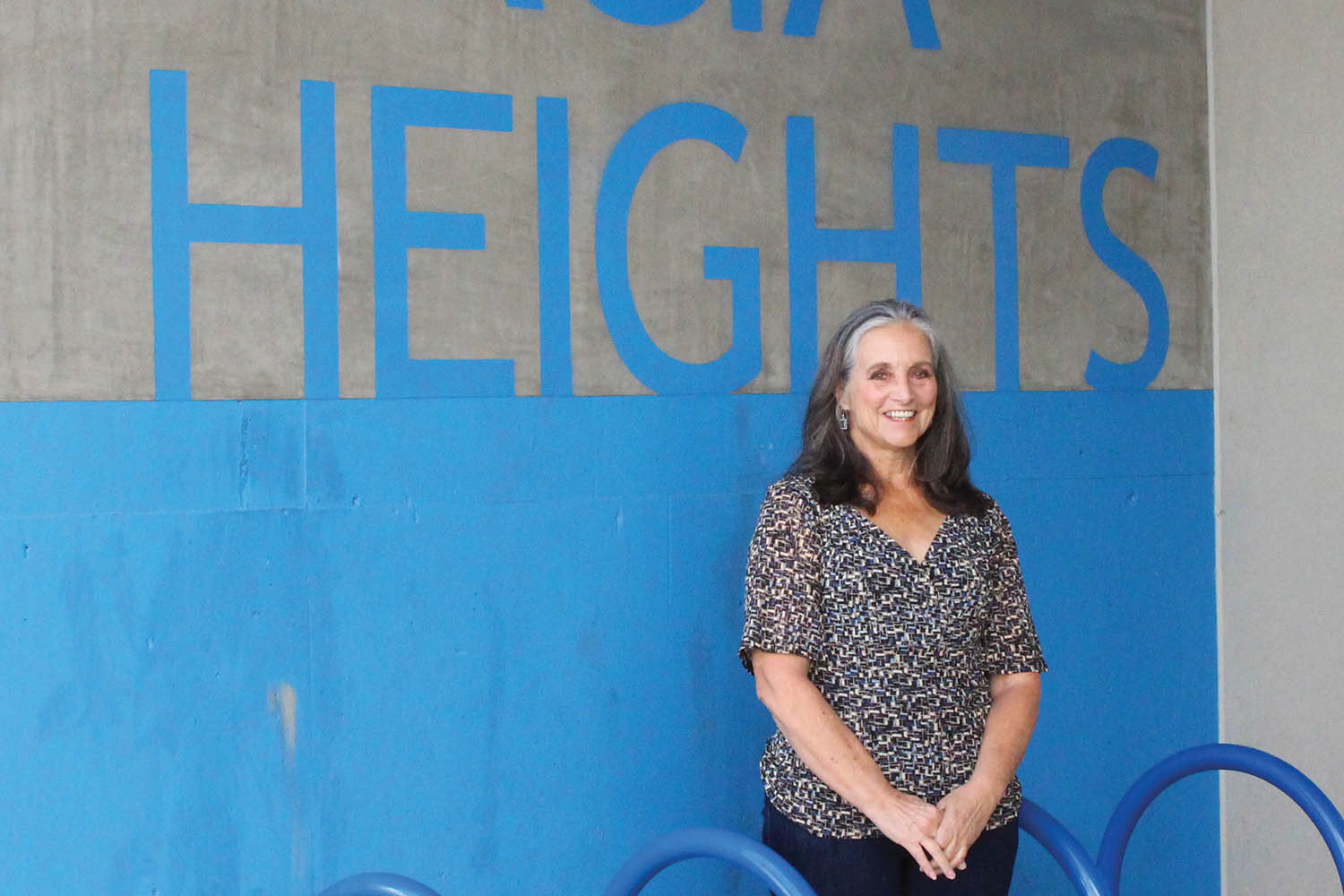
Ariel White found not only a safe, affordable place to live, but a renewed sense of hope and purpose at the Acacia Heights residence for older adults (photo by Kathryn M. Miller).
There is hope to be found.
Ariel White never imagined that she would end up homeless. Her life took a dark turn in 2002, when, after losing her husband to brain cancer, she also lost the business they had built together.
“Three weeks after he passed, the Rodeo–Chediski Fire hit,” White recalled. “I had buyers for the business and, of course, with the economy devastated, they backed out. So, I had to leave everything and come down here.”
She put herself through college, earned a master’s in accounting and found work with the state. Then, she started fainting and could no longer work.
“I had no income, student loan bills and health issues on top of that,” she said.
She had an apartment for a while, then bounced around, staying with friends or church members. She even tried renting a room on Craigslist, which she described as a “total nightmare” that she was trying to get out of when misfortune struck again.
“I was two days from being out on the street, and I got a call that my son had committed suicide.”
The next six months were spent grieving and again bouncing from couch to couch, and experiencing discrimination from those who knew nothing about her struggles.
“People perceive homeless people to have absolutely no value,” she said, recalling that because of her medical condition, she couldn’t drive and had to pull a cart to carry out daily tasks. “You are going to face those things if you don’t have permanent residence.
“My faith kept me going. You’ve got to surround yourself with something positive and not let their opinions put you down. You can’t fall into that, otherwise, you’re not going make it.”
After 18 months of homelessness, she finally got the call changed everything. The Foundation for Senior Living (FSL) Acacia Heights residence at 7th Avenue and Pierson had an opening. The 78-unit low-income housing residence is dedicated to those 55 and older. It opened in 2021, and has given White and many others much more than just housing.
“Life. Hope. Purpose. I’m a person again,” she said. “I have keys to my apartment. I have dignity. I’m a lot more than somebody without a home.”
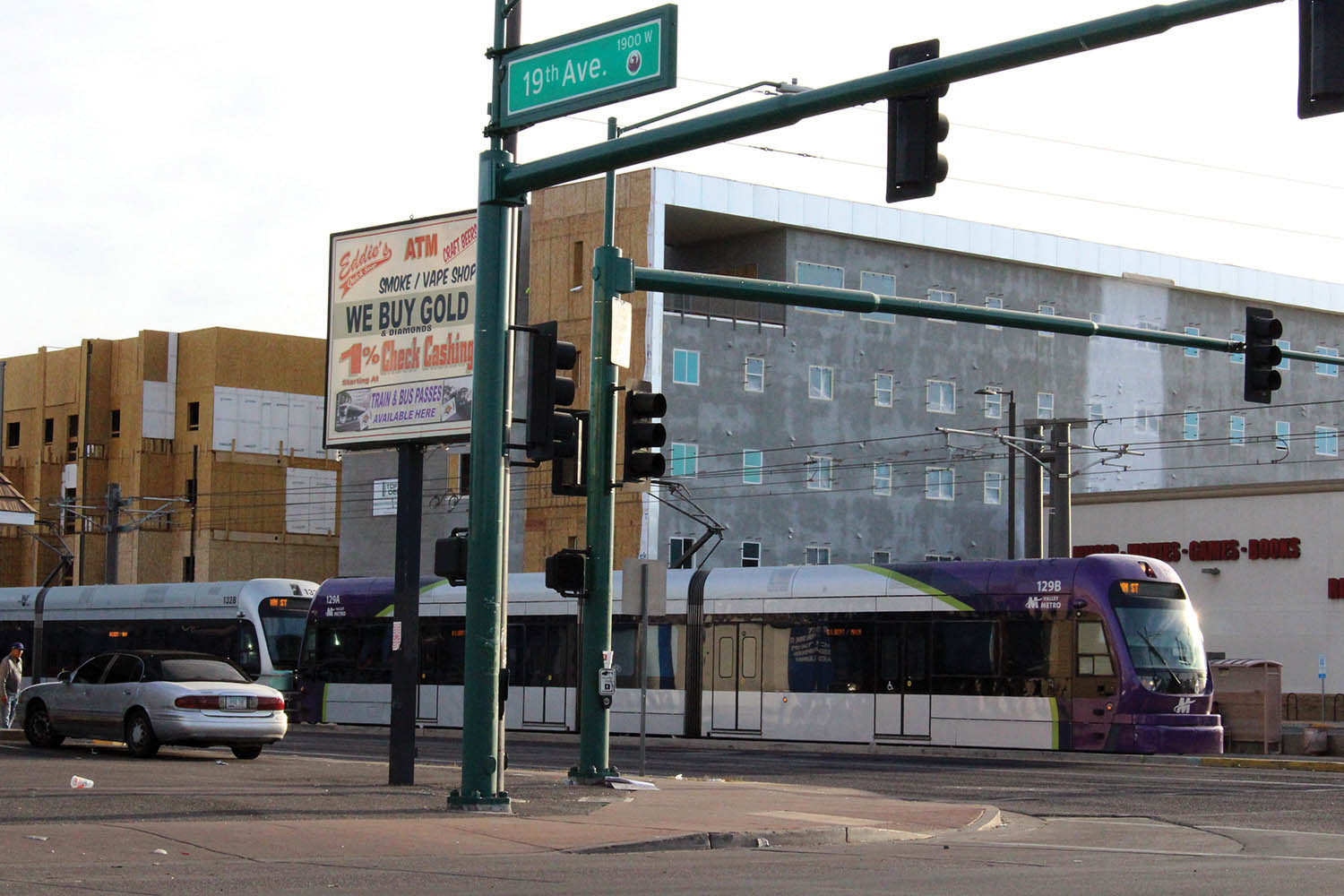
By August 2023, the first phase of Mesquite Terrace, near the northeast corner of 19th Avenue and Camelback Road, is anticipated to be completed (photo by Kathryn M. Miller).
More affordable housing is coming.
Most organizations cite a lack of affordable housing as one key factor in the rising numbers of those experiencing homelessness.
Steve Capobres, vice president of Business Development for Catholic Charities and the executive director for Housing for Hope Inc. says that we are in new territory when it comes to the skyrocketing cost of housing.
“Working on this issue now for 30 years, I’ve never seen it rise to the level it’s risen today. Usually, you see ebbs and flows in the market. But there hasn’t been any slowdown yet of pricing, even with inflation.”
Housing for Hope has two residences under construction in the North Central area, but building takes time and Capobres says that his organization can only win one Low Income Housing Tax credit, which helps fund projects, per year.
By August 2023, the first phase of Mesquite Terrace, near the northeast corner of 19th Avenue and Camelback Road, is anticipated to be completed. The second and third phases should come online by September and October this year, bringing a total of 297 one-, two- and three-bedroom affordable housing units to the area.
A short few miles away, ground has broken at Acacia Heights Phase II and III, which will provide another 134 units of family housing, and is expected to be completed in fall 2024 and fall 2025.
Affordable housing developments also face discrimination from neighborhoods, Capobres says. Everything is income-qualified and renters typically have to make between 30 to 60 percent of median income. But he is quick to point out that it is working families who live in their residences.
“These are good properties helping people that are working, who just need more affordable rent. A lot of folks live there for a long time. Over 85 percent of people that rent from us, after the first year, they stay there.”
We can do better.
Most organizations are saying that turning the tide of the homelessness crisis is going to take hard work, and it is going to take a collaborative effort.
Since her own experience with homelessness, White has become an advocate. “I’ve actually thought about going down and speaking to the City Council,” she said. “Regardless of what they think about the homeless people, it’s our responsibility to help these people wherever they’re at. There are other people like me who just have nowhere else to go. Give them a step up, put them in some kind of housing. But start looking at the whole picture.”
Tami Bohannon, president and CEO of FSL, adds that the number of seniors that are falling into homelessness is alarming and on the rise. She, too, believes in collaboration.
“I am a big believer that to end homelessness, a community-wide coordinated approach to delivering services, housing and programs is needed,” Bohannon said. Adding that educating the general public on the issue and breaking down the stigmas around homelessness is key.
“We all need to come together to discuss collaborative solutions, advocate for them and then get them implemented.”
From a housing perspective, Capobres would like to see things change at the state level.
“I do think between a combination of increasing the Low Income Housing Tax credit program and increasing the amount of money the state has available to help supplement these credits, we could easily double or triple production with just the players we have currently.”
In addition to looking at rent control, which is currently illegal in Arizona, Crews believes that we need more housing, better behavioral health services, and communities need to understand that this isn’t going to be comfortable.
“It’s uncomfortable for us to see that level of human trauma,” he said. “You’re supposed to be able to work a full-time job and afford a place to live, and we’re increasingly not in that space. It’s not going to be comfortable, but neither is existing in homelessness.
“We talk about being the most prosperous nation in the world. But how can we be the most prosperous nation in the world when we’ve got folks living in tents in large numbers and we’re just OK with that?” Crews asked. “We can’t be OK with it. We can do better.”
Those who need help accessing food, housing, rental or utility assistance, and other resources can start at www.211arizona.org (or dial 2-1-1), as can those who want to lend a hand by volunteering their time.
EDITOR’S NOTE: The 2023 Point-in-Time Count Report came out just after this story went to press, and reported 9,642 people experiencing homelessness in Maricopa County on the night of Jan. 23, 2023. Fifty-one percent of those were living unsheltered, which means “on the streets or other place not meant for human habitation.”
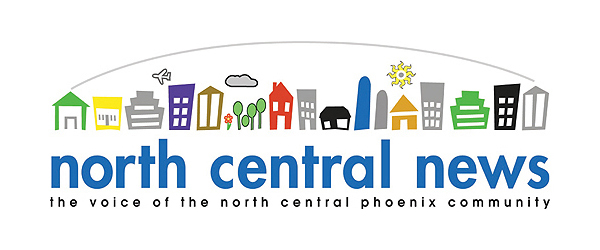
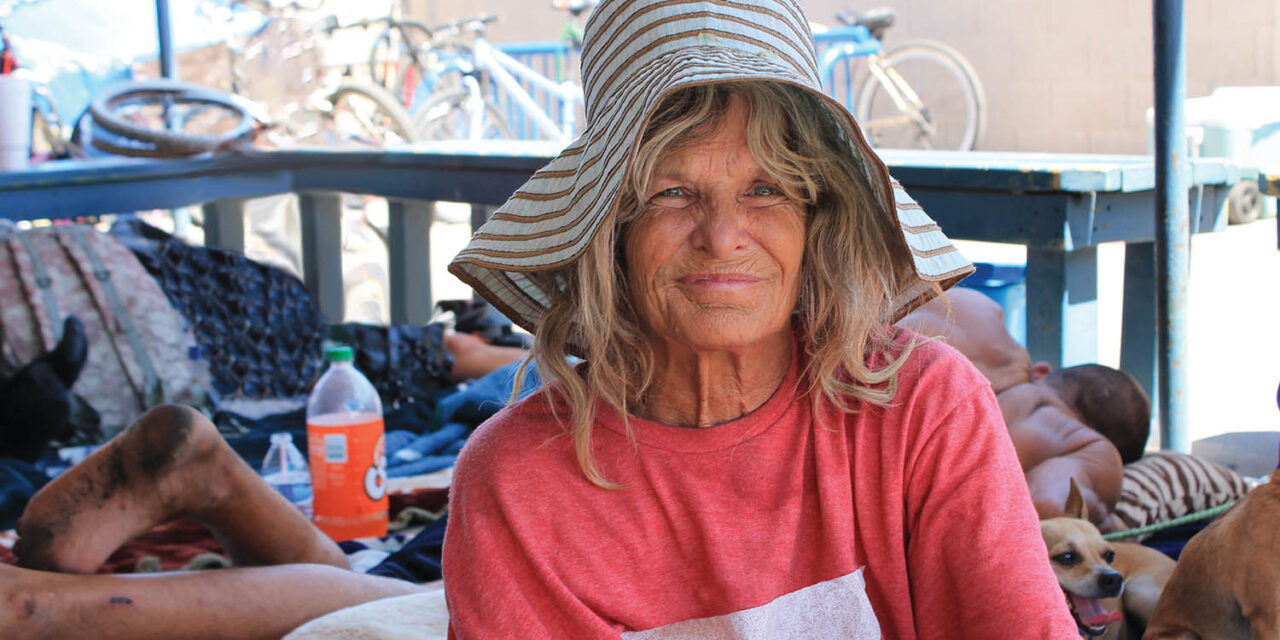

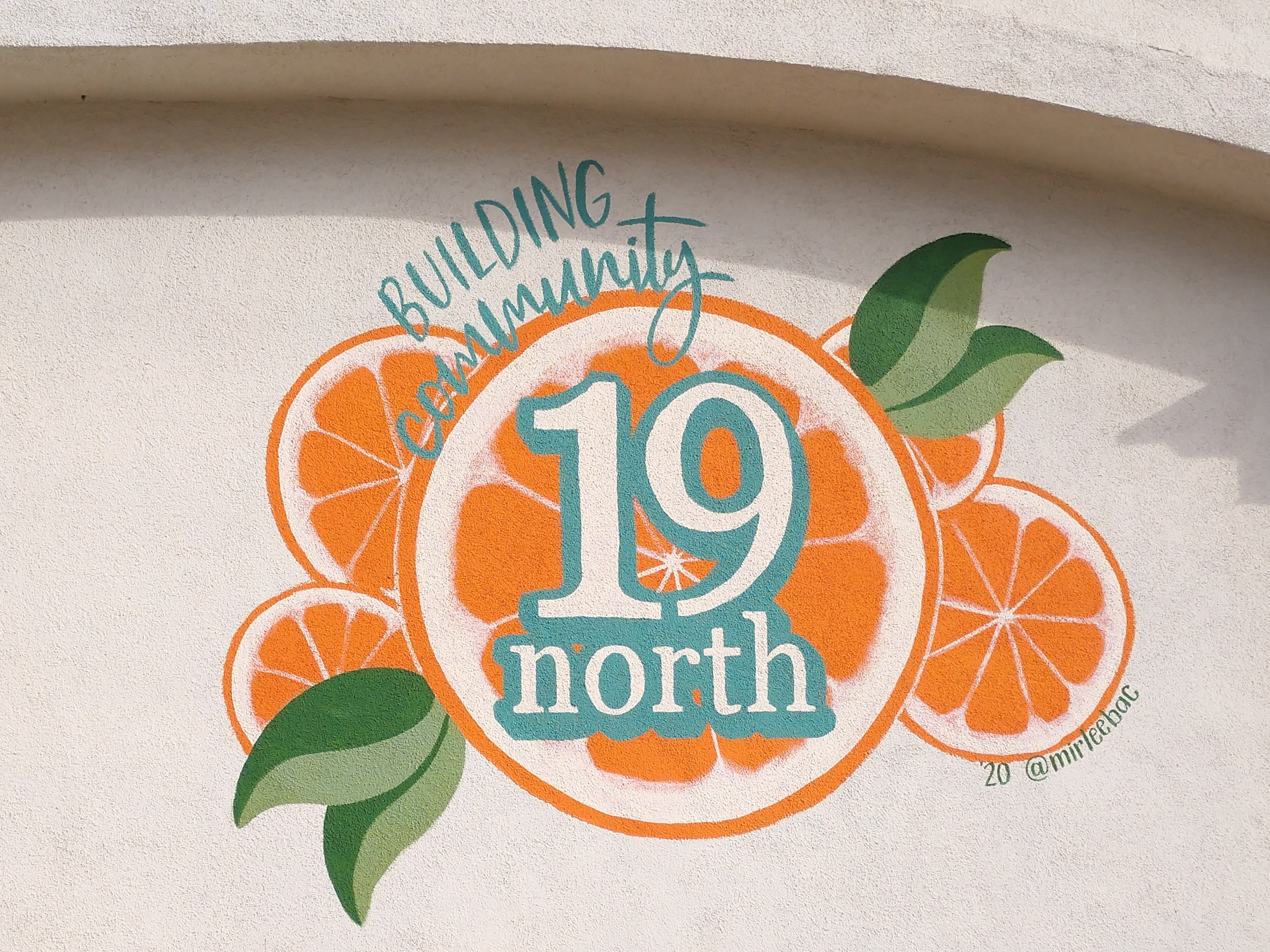
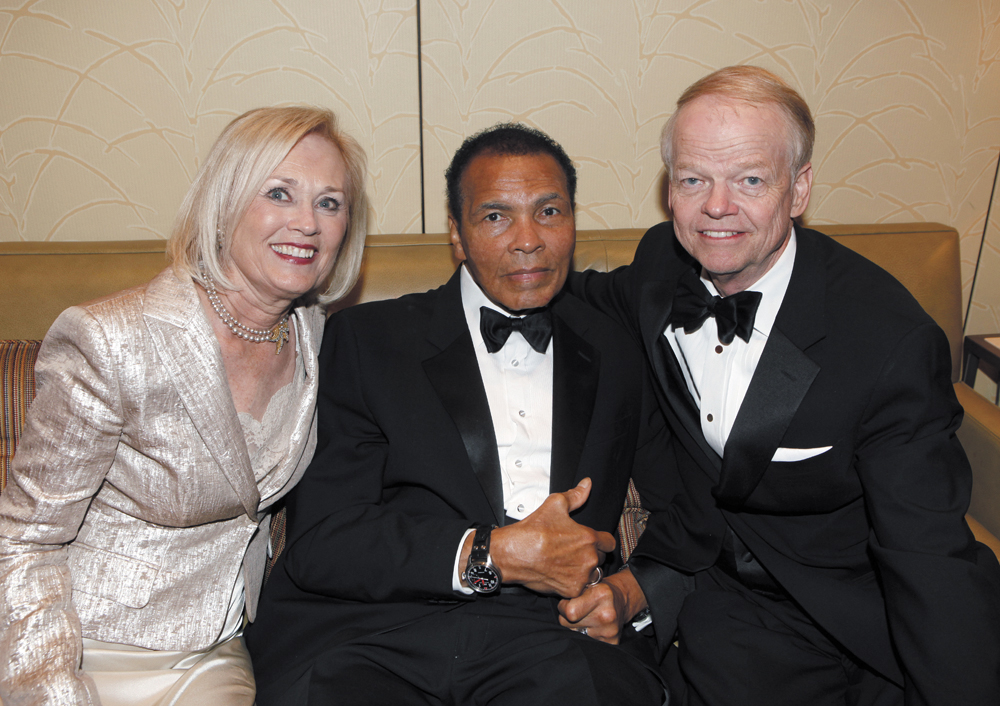
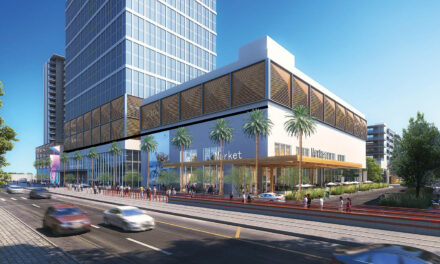
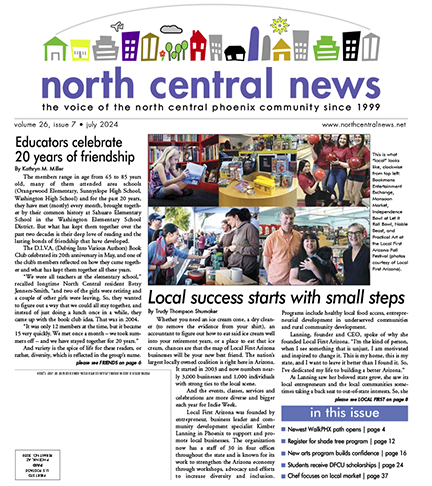

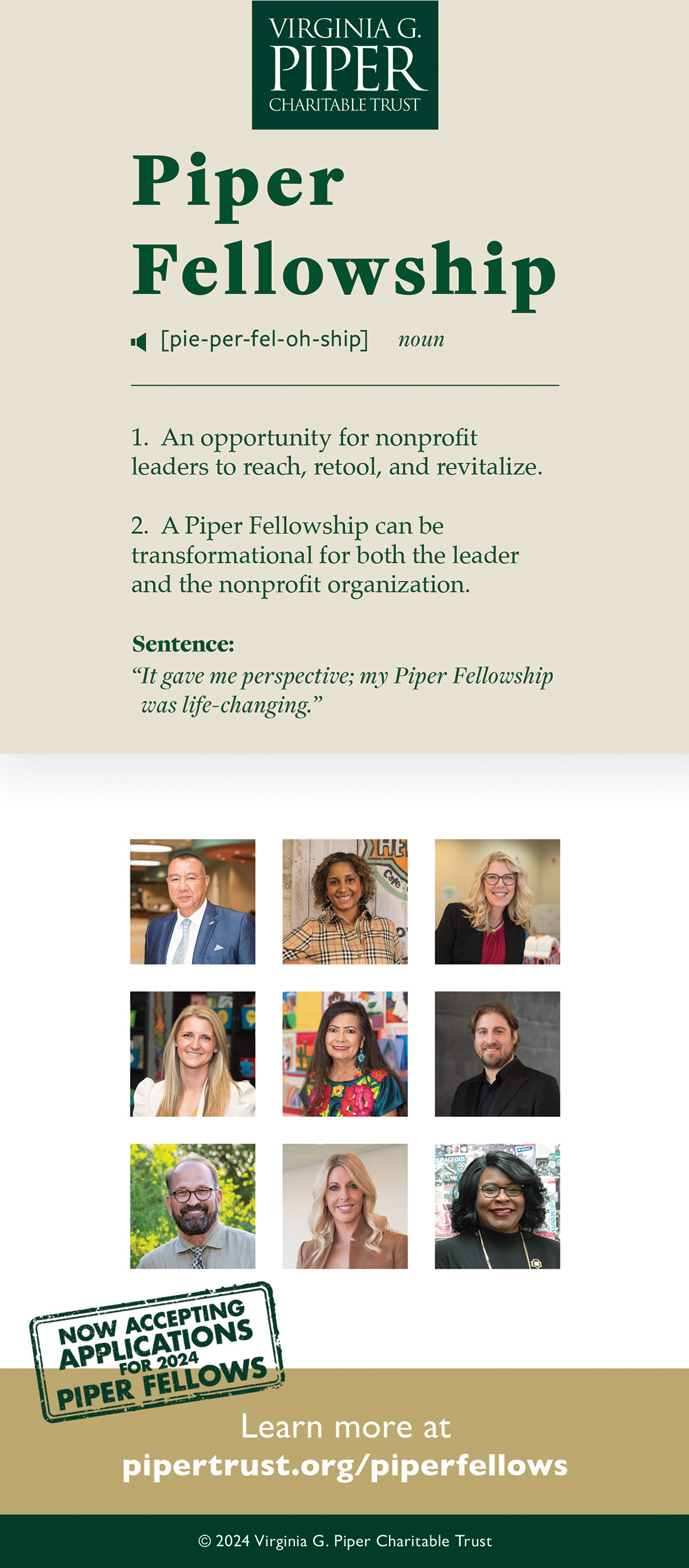


































The question that needs to be asked and answered is, who is making money due to the misfortune of the homeless not only in Phoenix, but all over our nation? Who’s job and paycheck goes away if a permanent solution to our homeless crisis is resolved?
When we determine who is lining there pockets at the expense of the homeless, we may well be taking the first step toward actually resolving the homeless crisis in Phoenix, and in America.